SEARCH






|
|
|
|


By Editor Michel Romaggi in collaboration with the author, Marco Tagliarino
Edited and published by Yvette Depaepe, the 19th of October 2022
Marco's photographs plunge us into an outdated scenery of workshops, with beautiful light which highlights the most human portraits of these craftsmen at work.
Dear marco, you often take pictures of workshops. Could you tell us what attracts you to this world?
'The carpenter's workshop'
Photography as my hobby and passion. It pushes me to discover different areas precisely because the important thing is that I want to continue exploring the world in all its forms through my images. Undoubtedly, one of my favourite subjects during my travels is workers and their work environments which are full of stories.
The elements I assiduously look for when I am travelling are:
- the context: it must be representative of the location and at the same time, it must show points of interest in terms of lifestyle and work-style.
- the light: for a better result and more intimacy the light source has to be a warm one (for example an incandescent lamp, candle, oil lamp, a window, etc.).
I think that these elements are, perhaps unconsciously, the ones that influence me the most in terms of places and photographic moments. I also believe that the mood and the story behind an image are essential to achieve excellent documentary photographs. If one of these elements are missing, the image rarely will be successful.
To consider these different factors without resorting to photo sets - which many travel photographers do (I hate these things) - it is necessary to look for the right subjects and the perfect light. In this context, I find that workshops having a strong narrative power and the environment adds value to the story. Some of my best workshop shots were taken in seconds. This, if possible, should be an encouragement for all those who have few opportunities and think that many hours of work are needed to take a spectacular travel photo!! My motto is "carpe diem". A part is due to personal talent and the rest is a matter of time to learn and to apply it...
'The mechanical workshop'
Where did you take these pictures?
I took them during my recent trip to Iran, in various places of great cultural and social impact. I really enjoyed the bazaars and the many artisan shops I crossed on my way. All my travel photographs are made without any planning. I simply walk through the streets and alleys in search of good subjects, compositions and light. I don't know the people I photograph and I rarely stay longer than to take a few photographs. So, I have only a very little time to study the context and to shoot. I am very instinctive in choosing the lens and the composition. I rarely alter the environment and objects. I prefer to reproduce the chaos I often encounter in these busy workplaces. In Iran, people often have photographs of their family who passed away on the walls, as well as the inevitable faces of the Ayatollah and the prime minister. These details also help me to better characterize the photographed scenes.
'Night parking'
How did you process 'The carpenter’s workshop'?
The carpenter's workshop was taken in Esfahan, one of the best-known Iranian cities of art. I found it near the square Naqsh-e jahàn, in one of the alleys of the beautiful local bazaar. This workshop was lit by only a few light bulbs and had no windows. It is one of the places where I spent more time, precisely because it was perfect for my style of photography.
Since this environment is very small, unlike the usual "street" habits where many use a focal length between 24 and 50 mm, I decided to use the 16 mm lens which I also like to use for street photography. I had to ask for permission to photograph the man and unlike usual, he didn't stop working to pose in front of the lens. I was able to take dozens of photos as if I weren't present in the room!
I obtained a great naturalness and a fine uniformity of light in all my shots. They were not difficult to process in Lightroom, before uploading them on 1x.
What photographic equipment and settings did you use?
I currently use the following equipment:
• Canon EOS 5DIV,
• Canon EF 24mm f1.4 L,
• Canon EF 35mm f1.4 L,
• Sigma Art 50mm f1.4,
• Canon EF 100mm f.2.8 IS L,
• Canon EF 11-24mm f4 L,
• Canon EF 16-35mm f2.8 L,
• Canon EF 24-70mm f2.8 L,
• Canon EF 70-200mm f2.8 IS L,
• CANON EF 100-400MM F4.5-5.6L IS
Usually and almost exclusively, I set the priority to the in aperture, ISO no higher than 1600, underexposing one-stop, to avoid creating areas that are too overexposed. The focus is selective on one point and once the subject's face is in focus, I recompose the scene. In short, no particular technique other than diligent work on light and composition.
'The fishmonger'
Can you tell us how you came to photography?
Less than 15 years ago, I started photographing just for fun less. Later on, the interest in photography became a great passion. I have never attended courses or workshops. My skills have matured spontaneously just by studying other photographs and by the commitment to the field.
Therefore, the 1x community has been very important to me as there are do many excellent photographers in all possible genres.
In fact, my passion for photography has grown together with my travelling passion.
In my vision, photography is the most powerful communication tool that exists. It moves the soul through only one of our senses: sight. The message goes straight to the heart without needing anything other than your own eyes. If a photograph works, a simple glance is enough to generate strong emotions. This, however, also entails the ambitious task of being communicative using a single frame excluding sounds, smells, touch, etc.
To me, photography has a unique ability to return to the emotions experienced at the moment of the click. It is a powerful sensation, perhaps the one that most drives me to continue travelling and photographing.
 | Write |
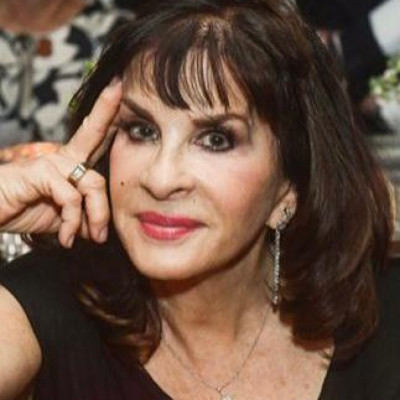 | Iris Wiener PRO I totally agree with you Marco. Love your work. |
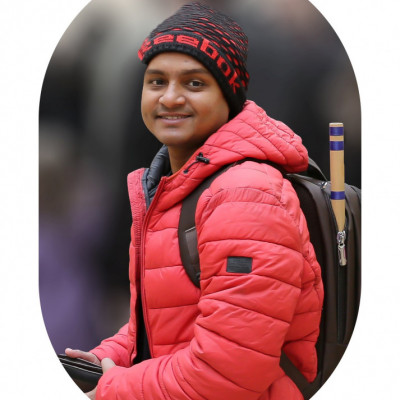 | Pinu Rahman Thanks for sharing and enlightened us. |
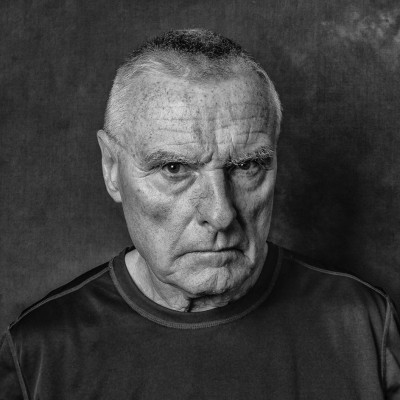 | Daniel Springgay CREW The Power of photography at it's very best - Congratulations all involved for a job well done... |
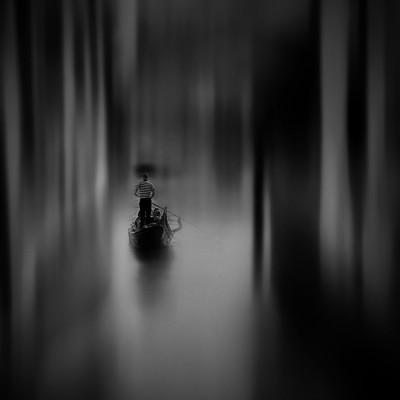 | Francesca Ferrari PRO Complimenti Marco, immagini stupende, con un grosso lavoro di studio dietro, come hai spiegato. Grazie per aver condiviso il tuo lavoro. Grazie a Miichel e Yvette per la presentazione |
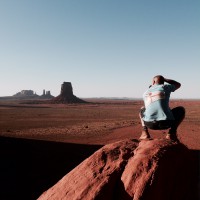 | Marco Tagliarino PRO Grazie cara Francesca ;) |
 | Anita Singh PRO Excellent story telling pics , congratulations Macro |
 | Marco Tagliarino PRO Thank you Anita ;) |
 | Izabella Végh PRO E un articolo veramente eccezionale. Le Tue fotografie sono veramente bellissime, come sempre. Un articolo importante.
Ieri altro fotografato una bottega a Venezia di una signora che fa falegname. Ultime botteghe, che sono rimaste. |
 | Marco Tagliarino PRO Grazie Mille Iza ! Si, Venezia ancora offre buoni spunti ma l'Asia da questo punto di vista offre spunti infiniti.... In Iran era pieno di posti eccezionali da esplorare e fotografare. Ho fatto appena in tempo prima che la situazione precipitasse ... Ciao. |
 | Marco Tagliarino PRO Thank you very much Michel and Yvette. It is an honor for me to actively participate in the 1x community! |